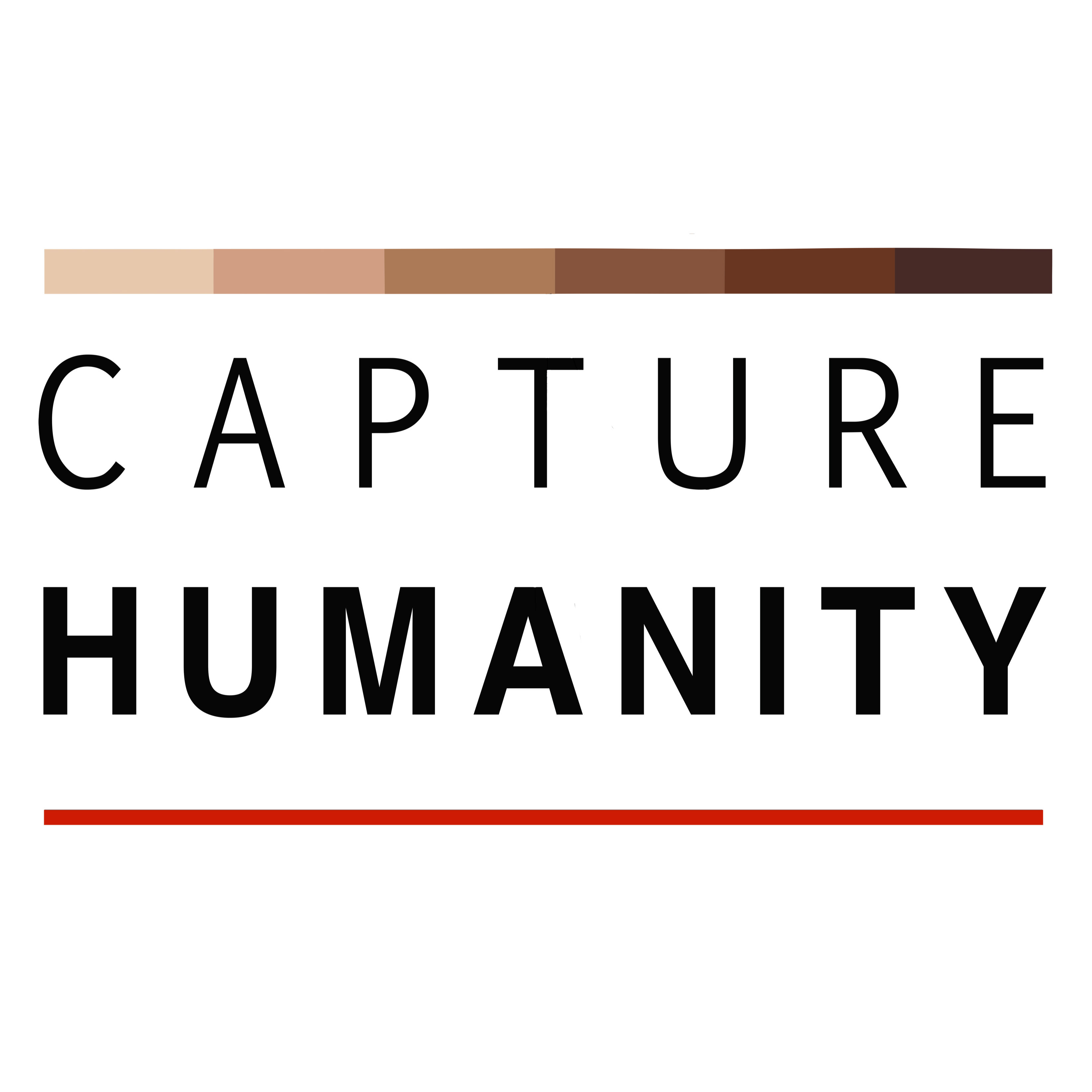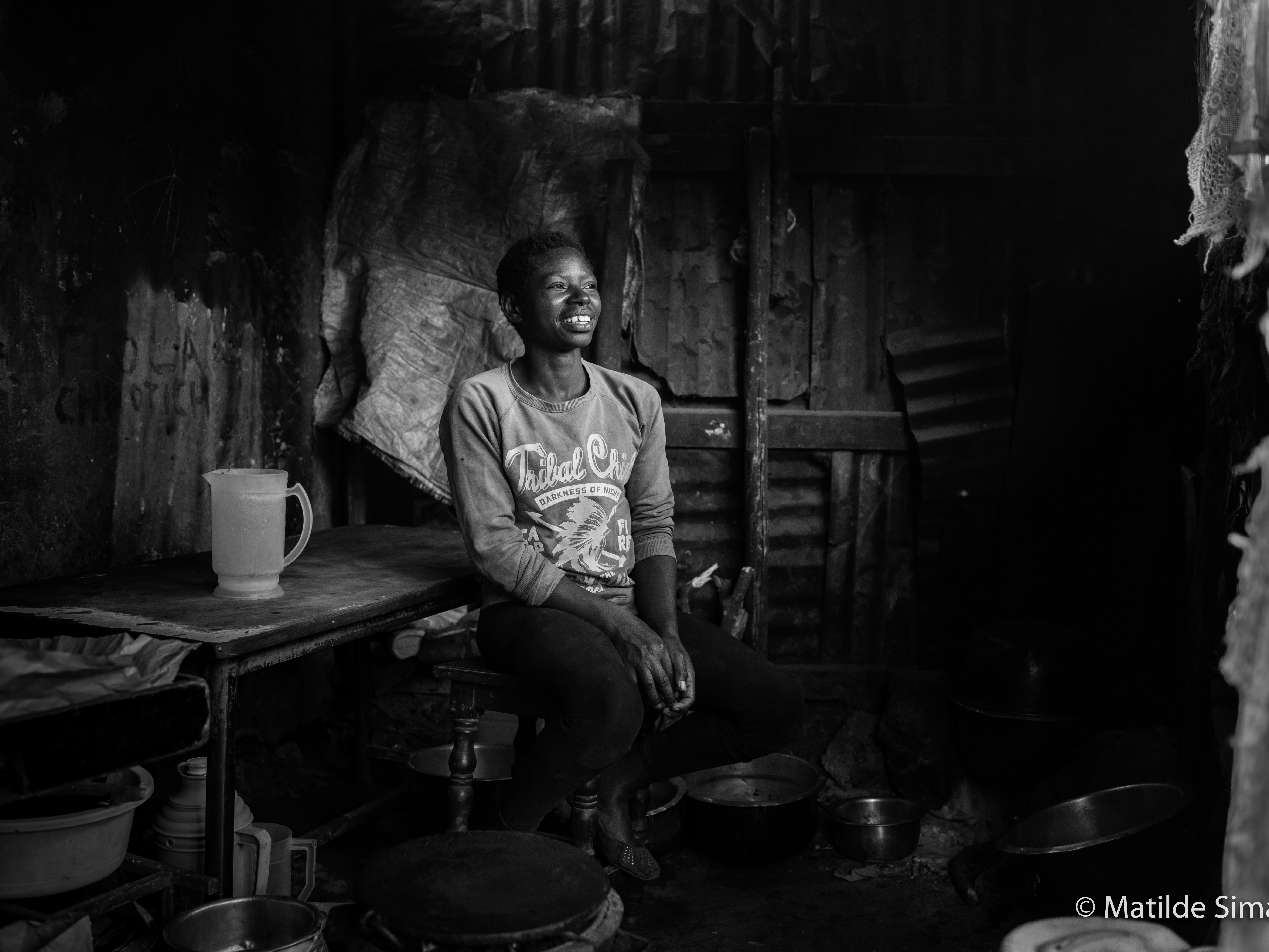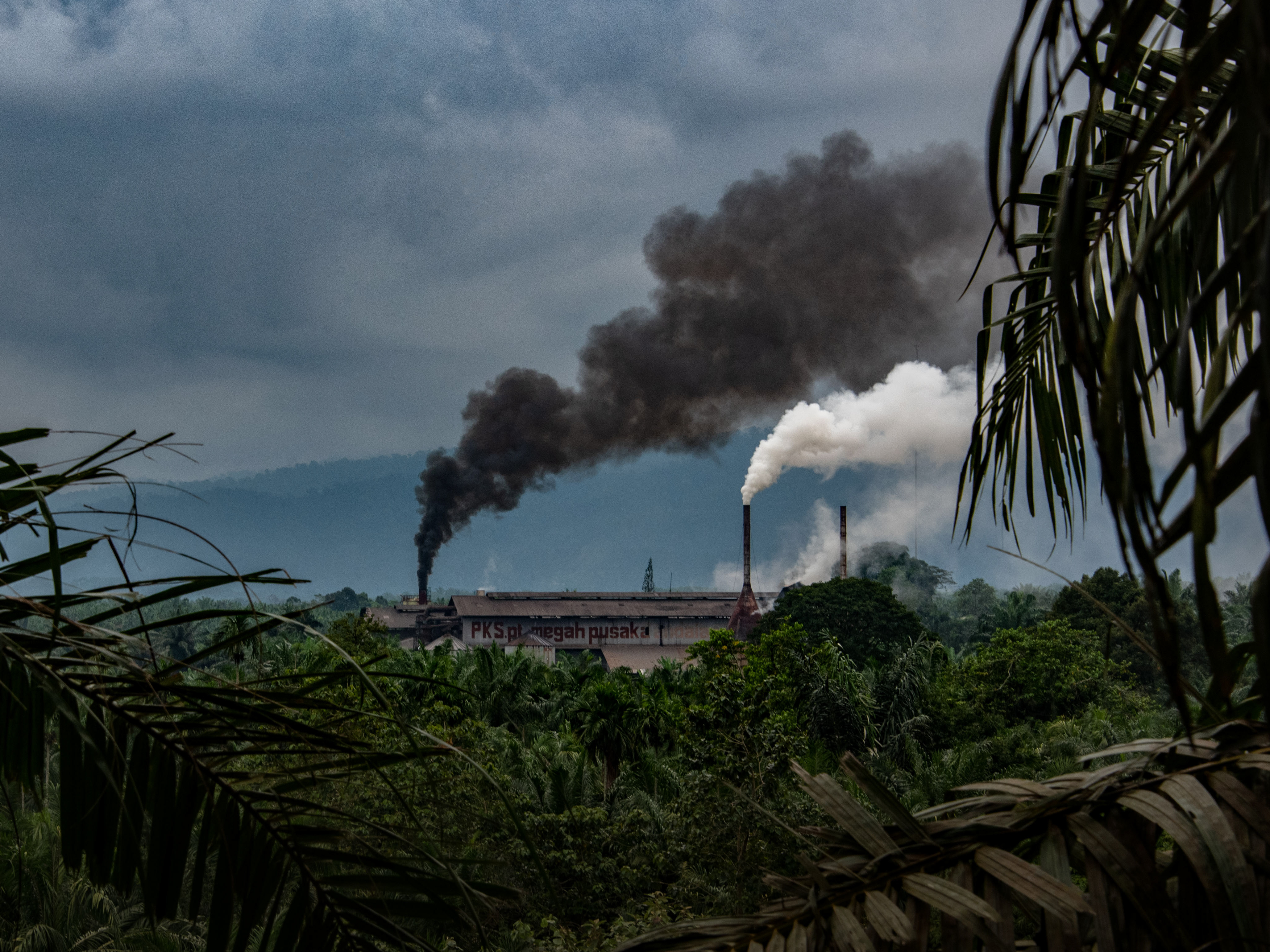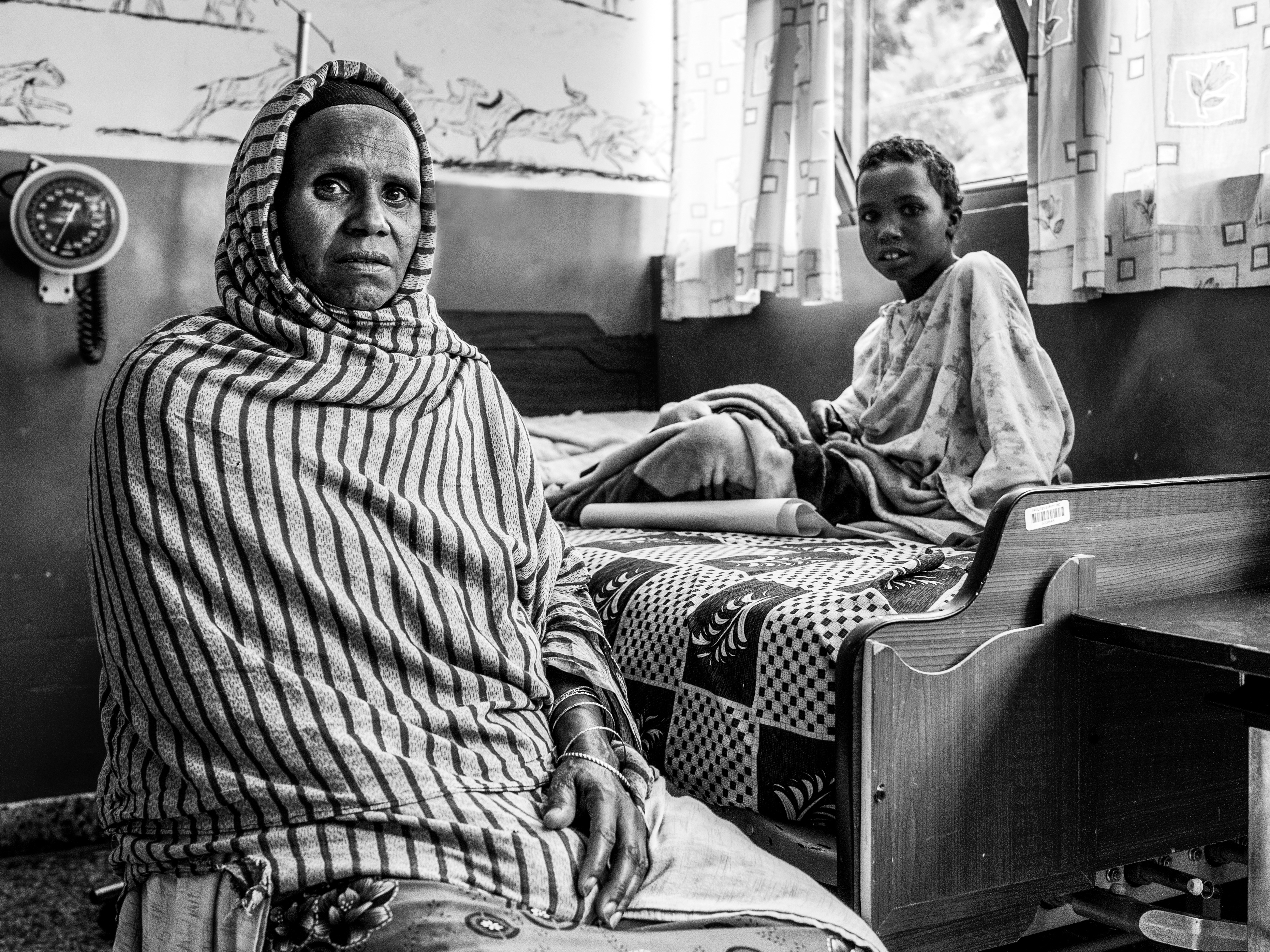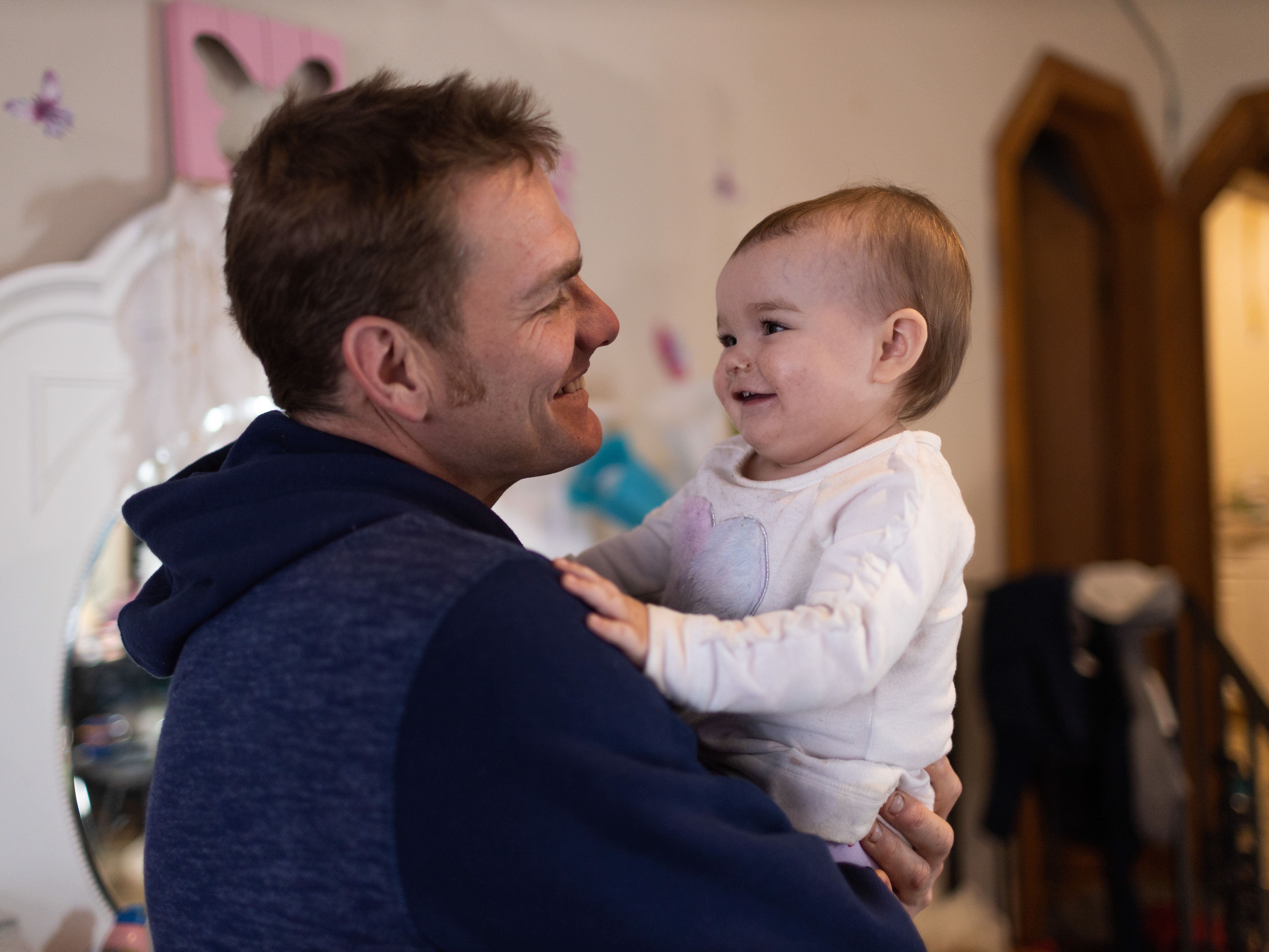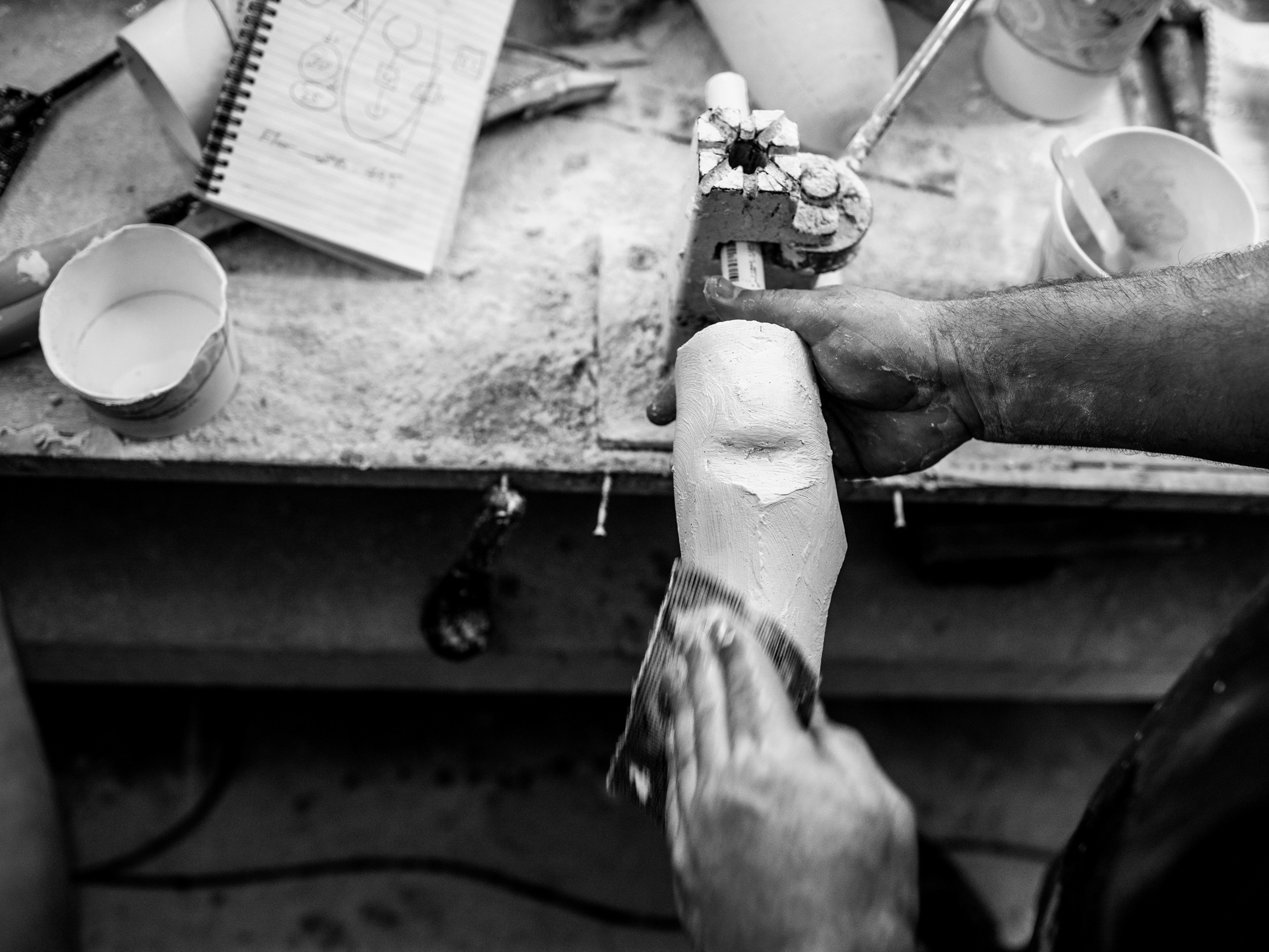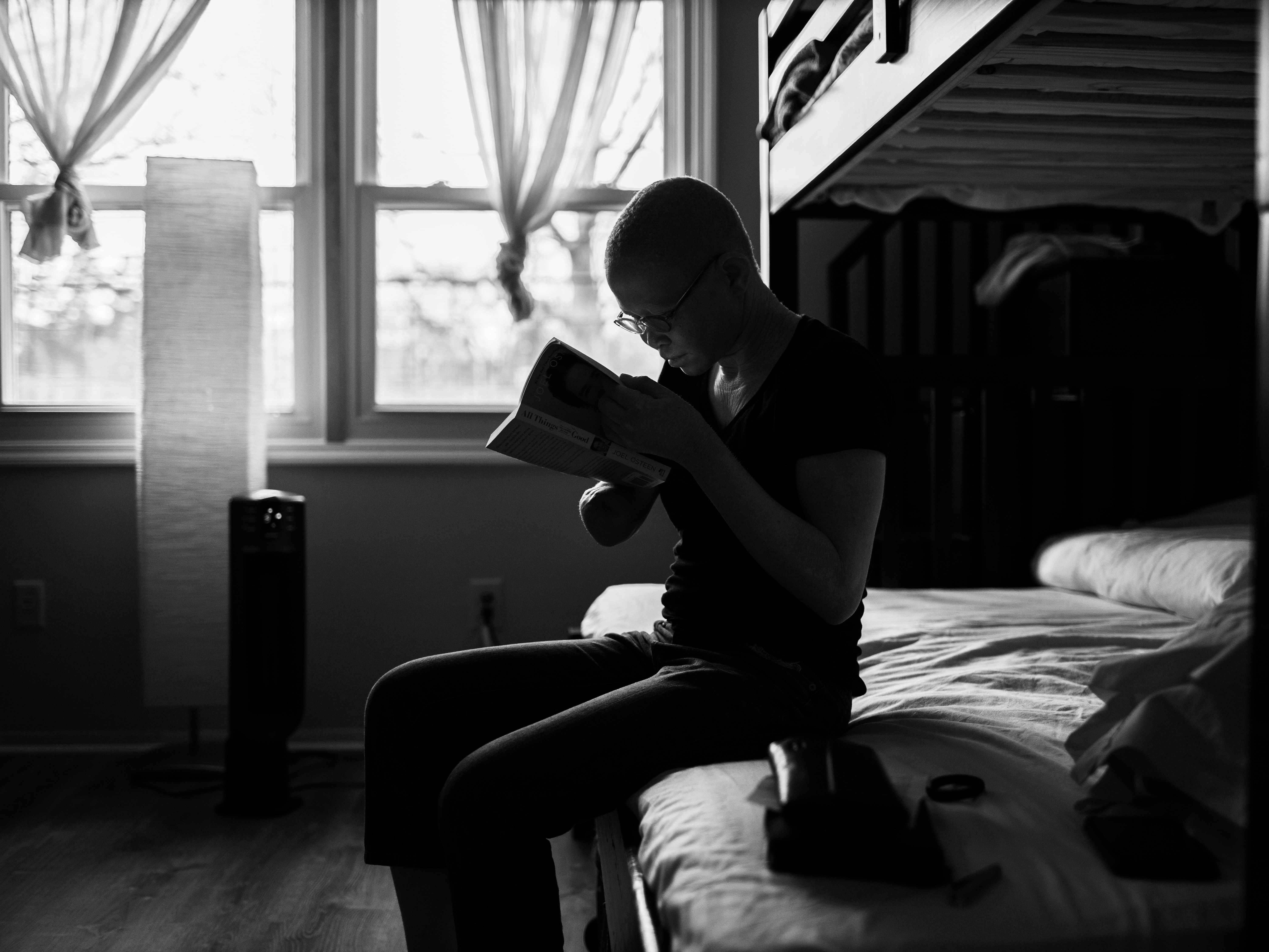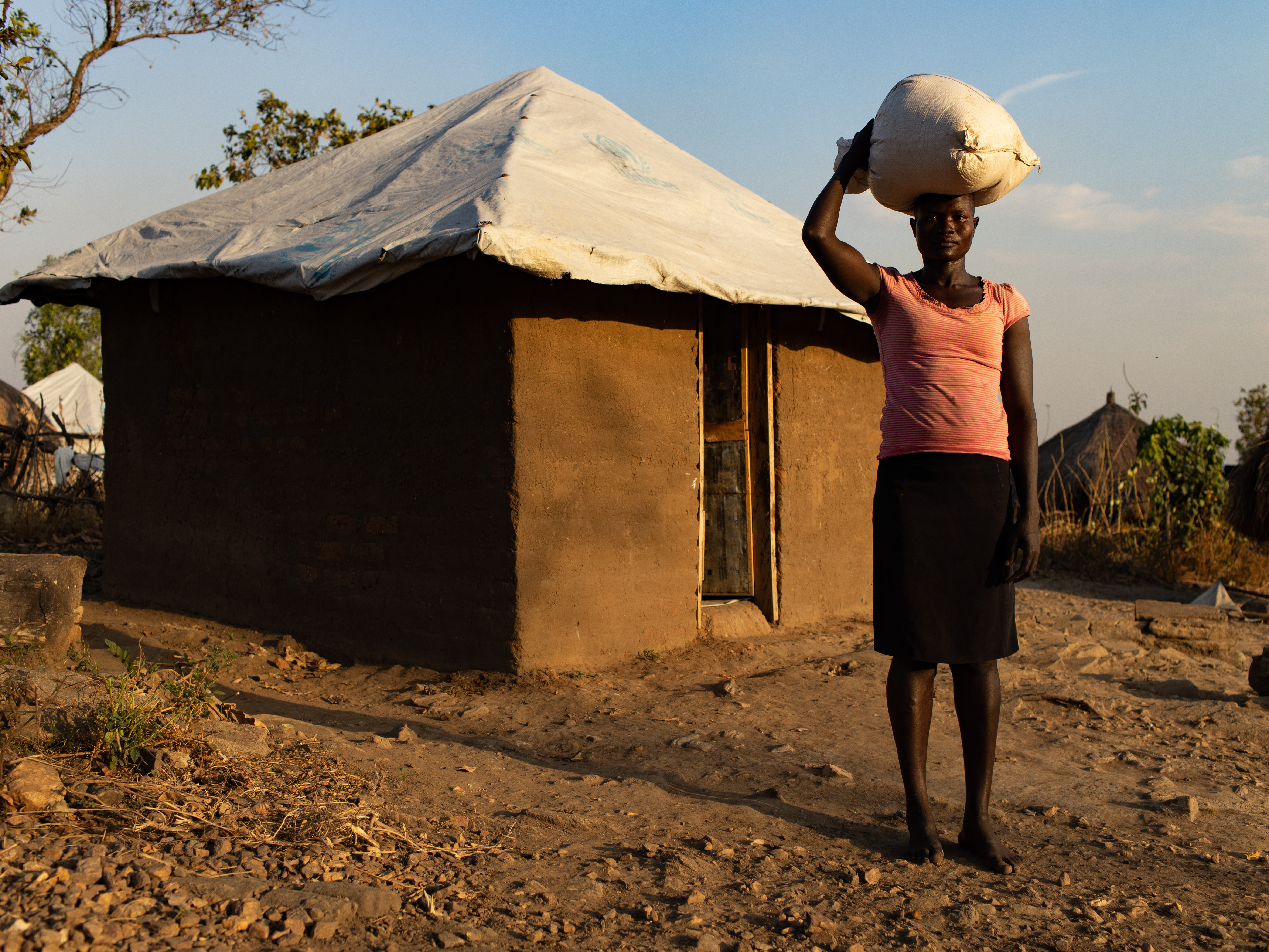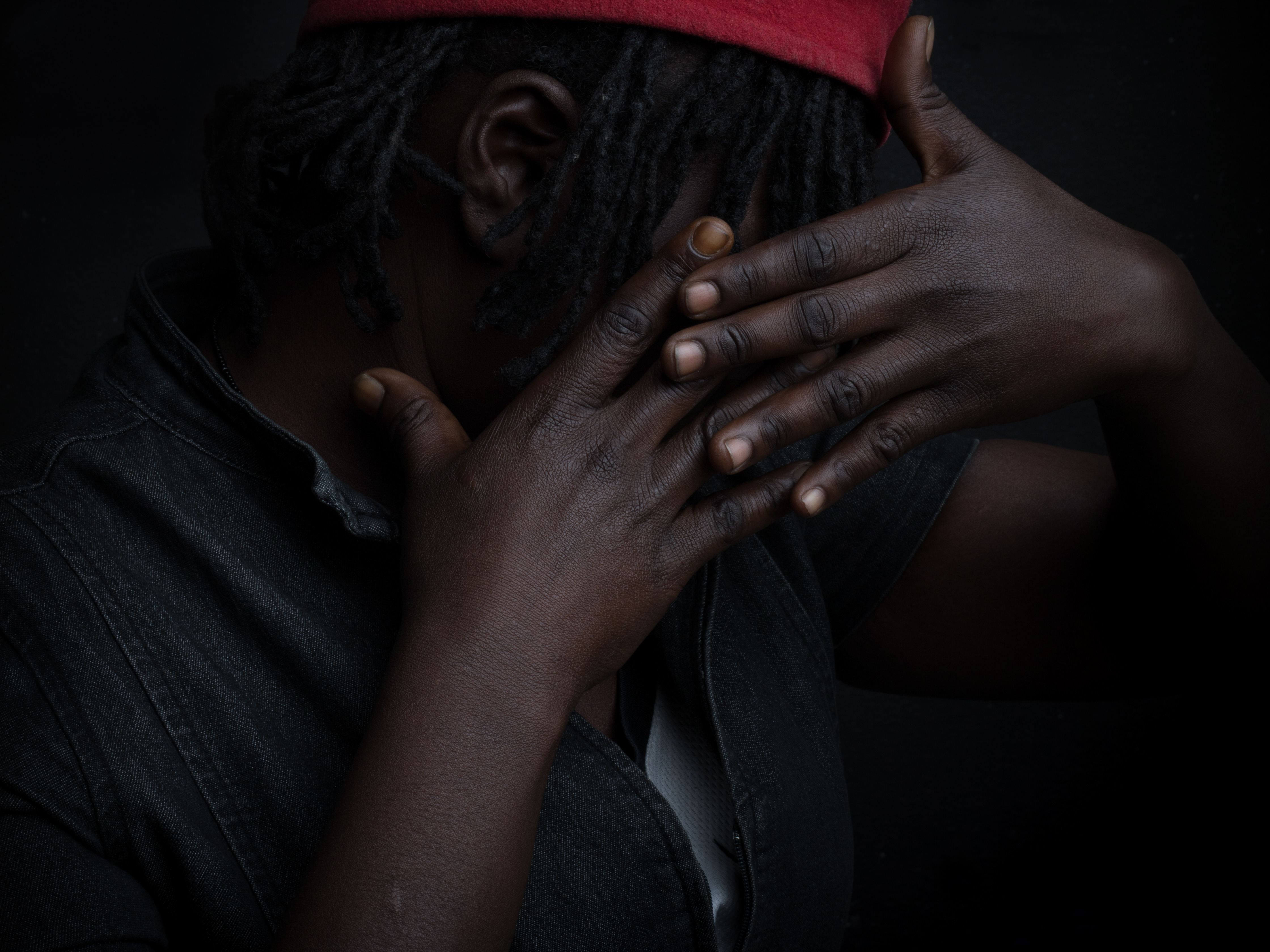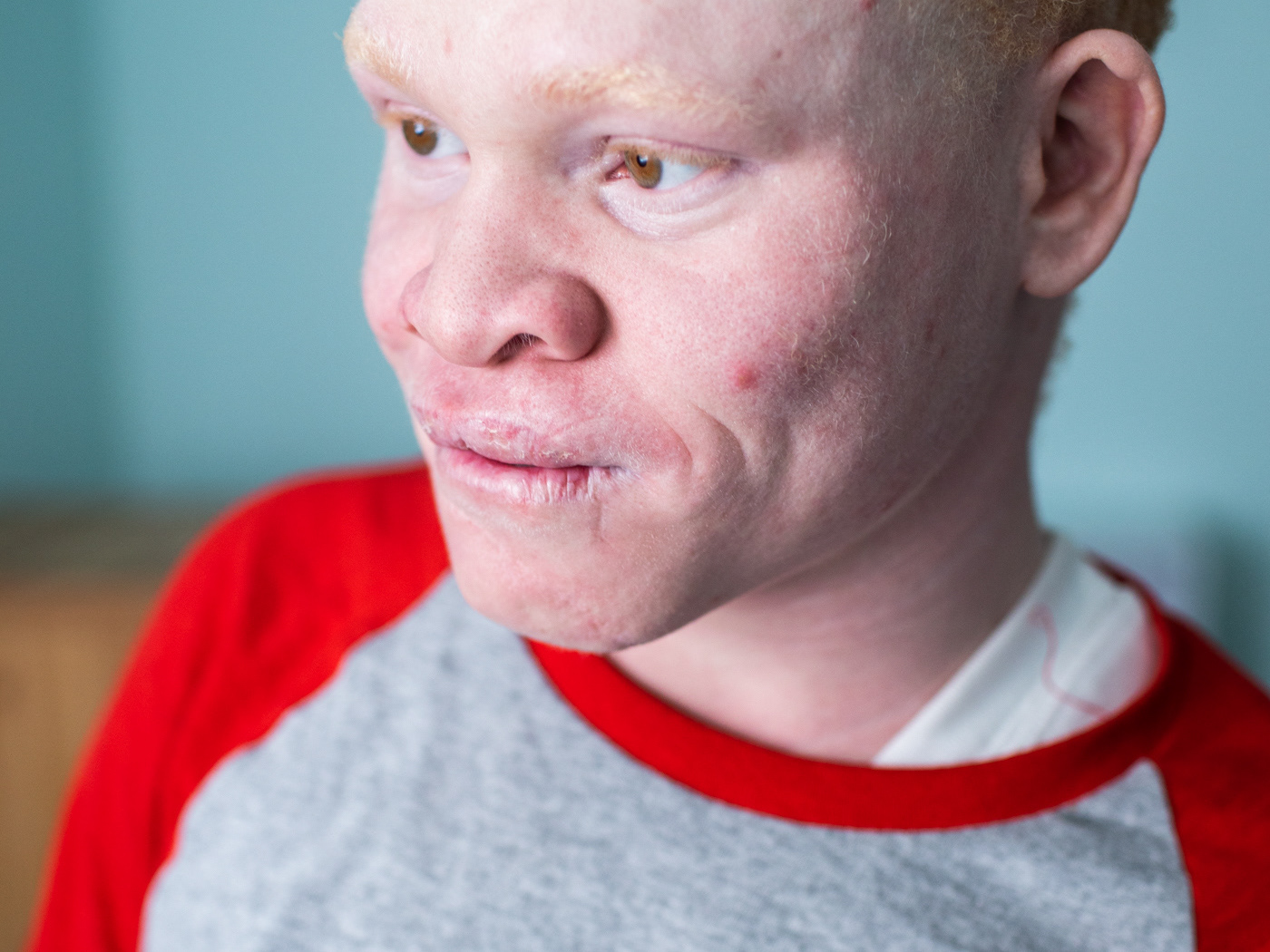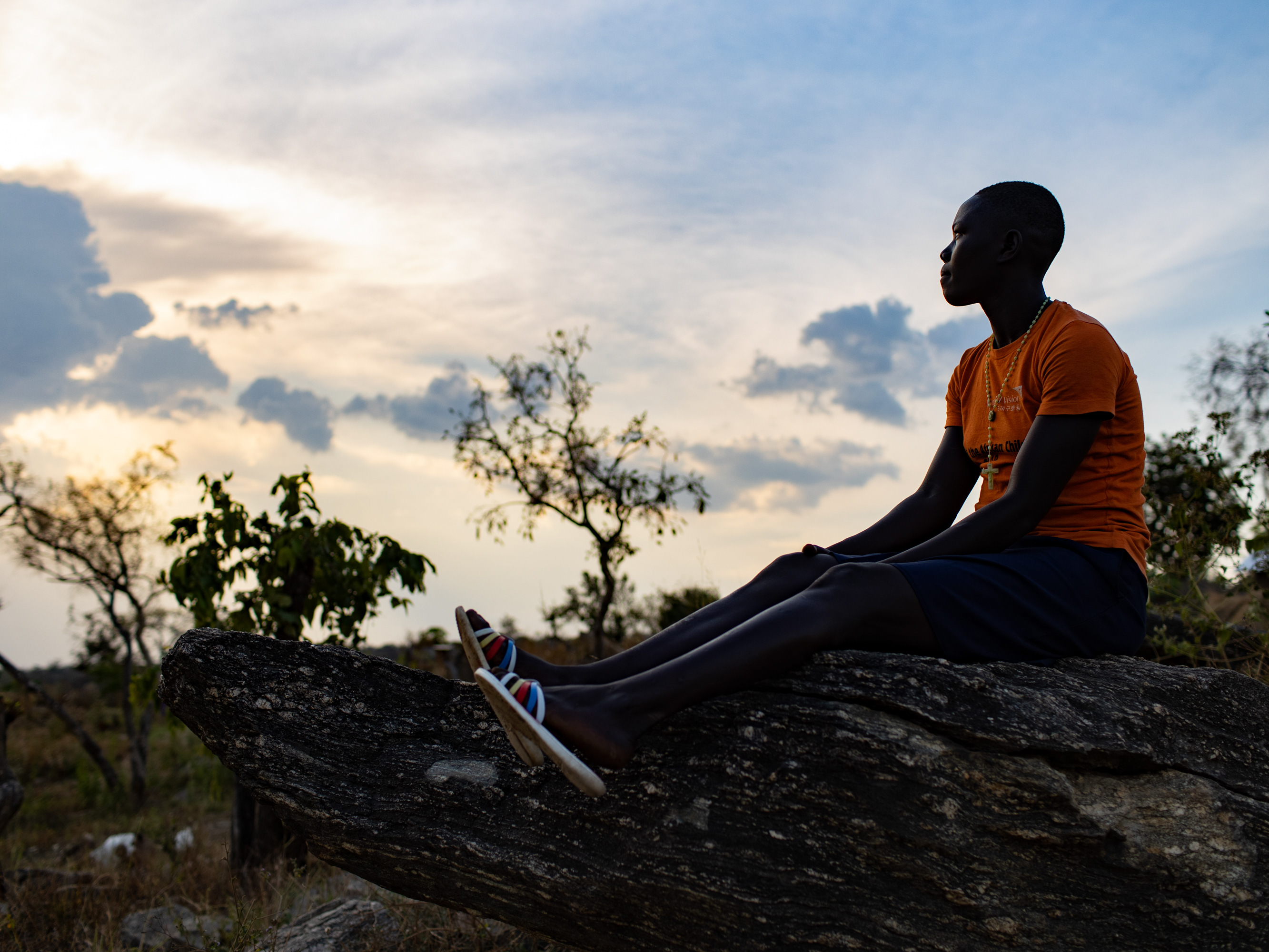In 2017, Capture Humanity photographer Matilde Simas traveled to Kenya, Africa to document recovery and reintegration of survivors of human trafficking. The project was a collaborative effort with HAART, , a Nairobi-based nonprofit that works to create a trafficking-free environment through holistic care, enabling victims’ transformation, partnering with survivors, and developing community resilience.. Though the planning took about a year, this time allowed her to build a strong relationship with the team at HAART, which is an important part of her process. She says, "this relationship is the reason I’m given special access to sometimes-sensitive places and the lives of the people I document." HAART introduced Matilde to the survivors—but they also provided the guidance she needed to further her understanding on the issue of human trafficking in their country.
The women in the HIDDEN series were victims of forced labor, forced marriage, and sex trafficking. They were lured by promises of education; sold outright by family members and forced into domestic servitude or prostitution, or sent away by family to marry a stranger. Some of the women were exploited by someone they already knew, such as a relative, a neighbor, or a friend. Unfortunately, most victims don’t even understand what’s happening until it’s far too late. Stuck in a web of secrecy and lies, they struggle to figure out how to escape.
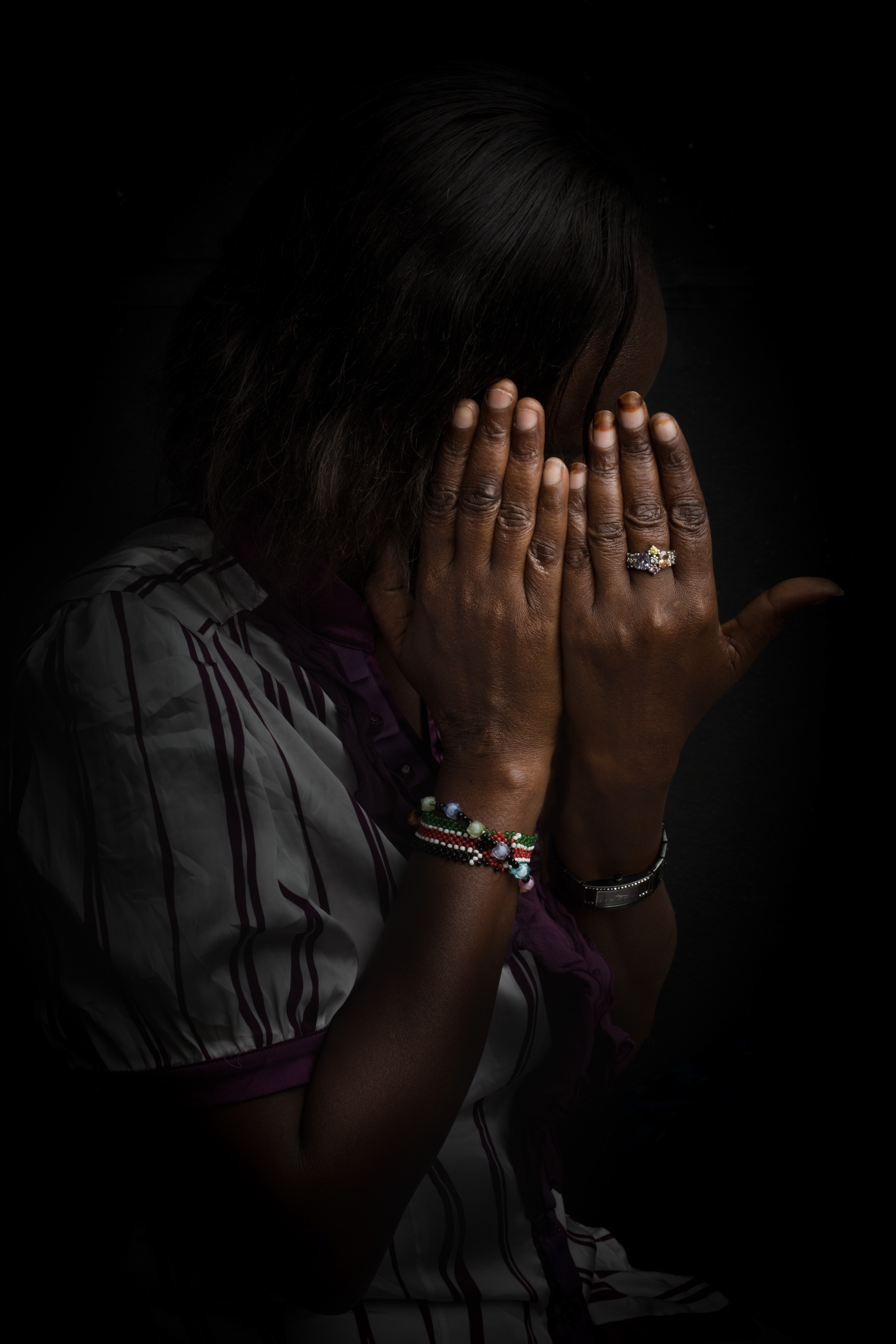
The aspect of human trafficking that’s difficult to comprehend is how one human can prey on another’s weaknesses. Traffickers are trained to identify vulnerability and use expert manipulation tactics to persuade and control their victims. They offer to fill the void by luring and grooming the victims—this is when a trafficker assesses, tests, and collects information on a potential victim, then works to make them feel special. Traffickers scout victims outside schools, shelters, or shopping malls to find vulnerable people. Social media and dating sites also play a role in scouting victims. Afterwards, the luring and grooming follows. Grooming is when the trafficker begins to sell the dream of each individual, each victim.
Women and children suffer disproportionately from trafficking worldwide. According to the Center for the Study of Intelligence, International Trafficking in Women to the US: "In the U.S., immigrant women and children are particularly vulnerable to the deceptive and coercive tactics of traffickers because of their lower levels of education, inability to speak English, immigration status, and lack of familiarity with U.S. employment protections. Further, they are vulnerable because they often work in jobs that are hidden from the public view and unregulated by the government.” 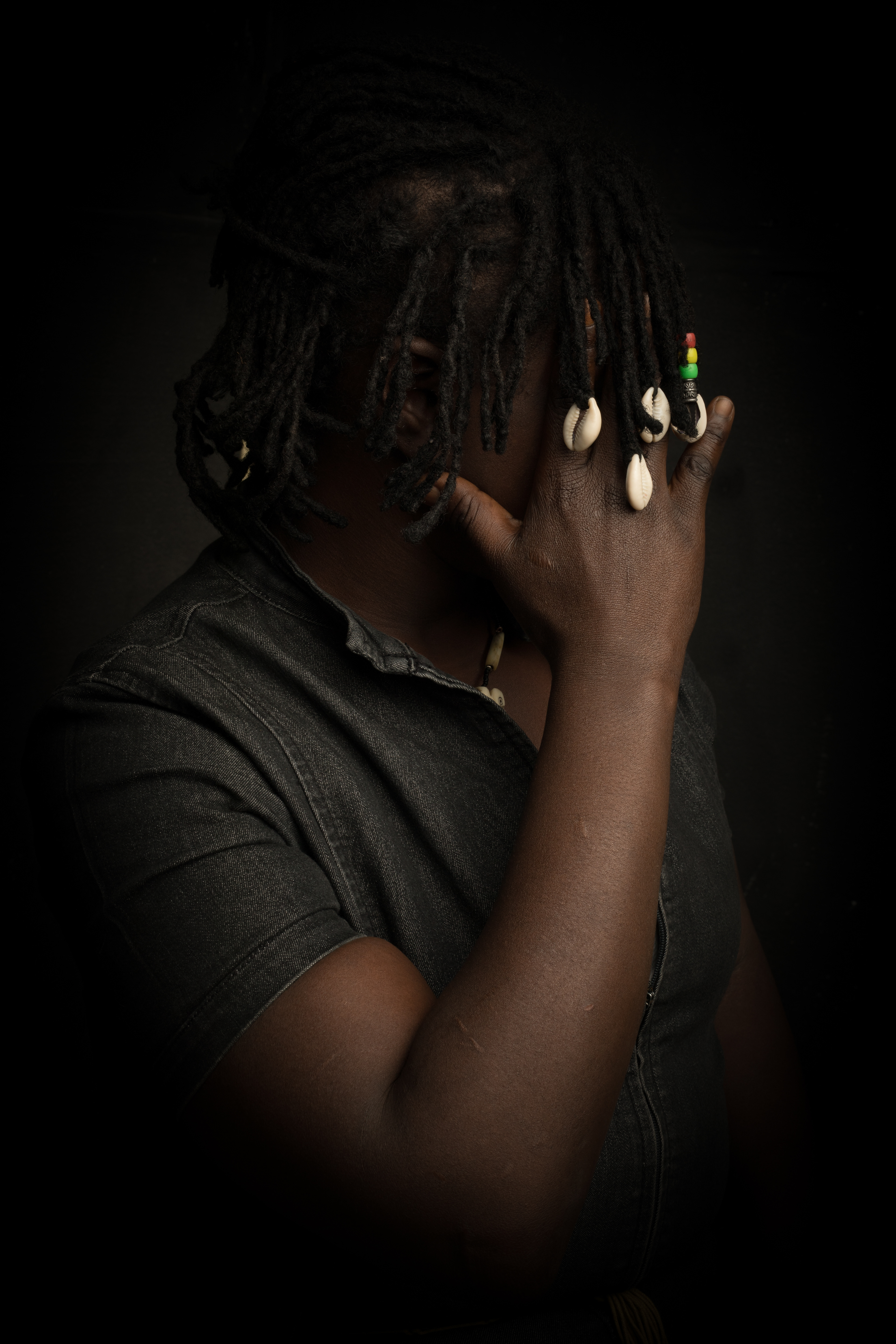
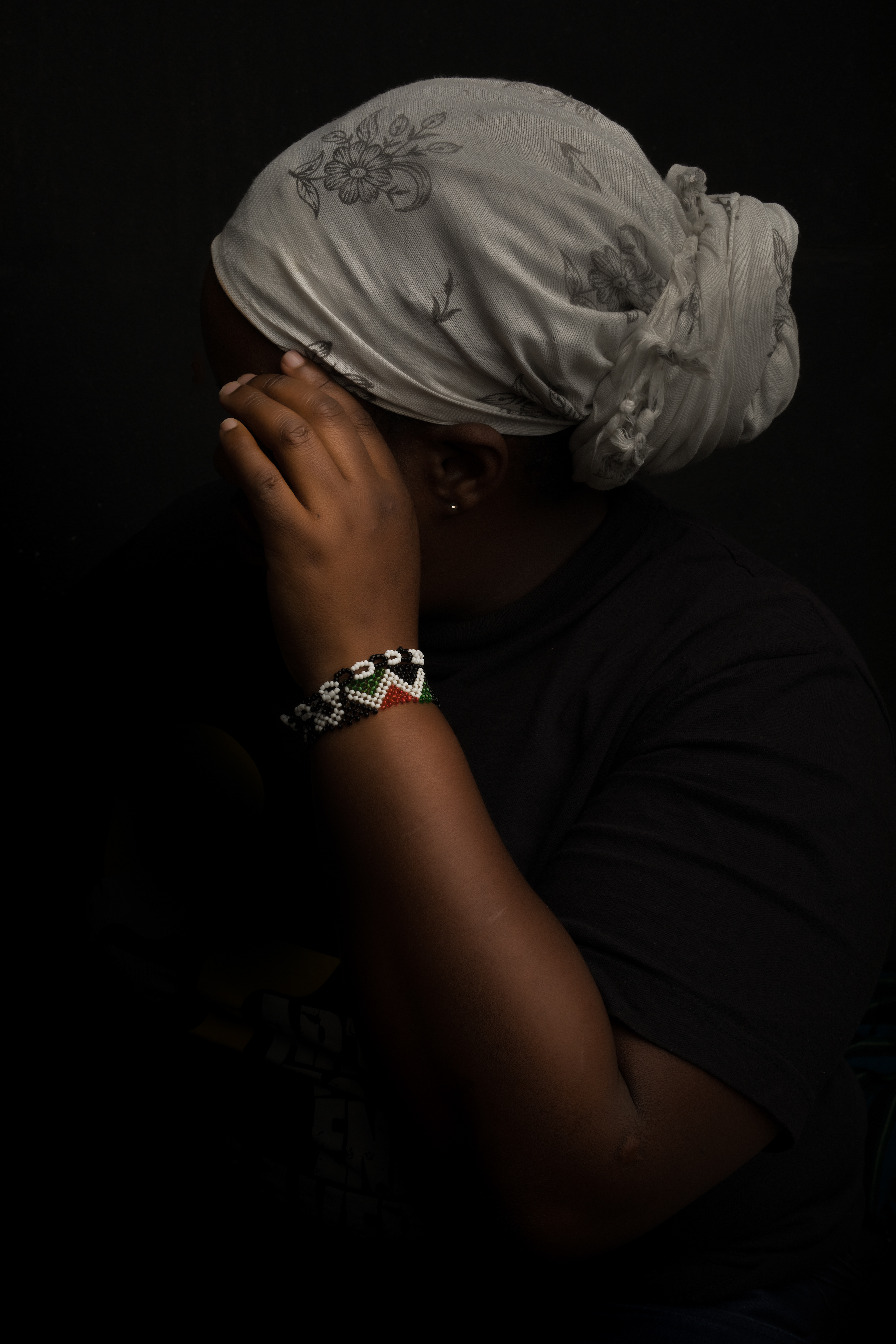
The long-term consequences of human trafficking can be severe. A trafficking experience impacts every area of a survivor’s life. Unlike most other violent crimes, trafficking usually involves prolonged and repeated trauma. Every stage of the trafficking process can involve physical, sexual, and psychological abuse, including but not limited to violence, torture, the forced use of substances, and manipulation. This, of course, results in serious psychological effects during and after a trafficking experience. Many survivors are diagnosed with post-traumatic stress disorder, depression, memory loss, anxiety, fear, guilt, shame, and other severe forms of mental trauma.
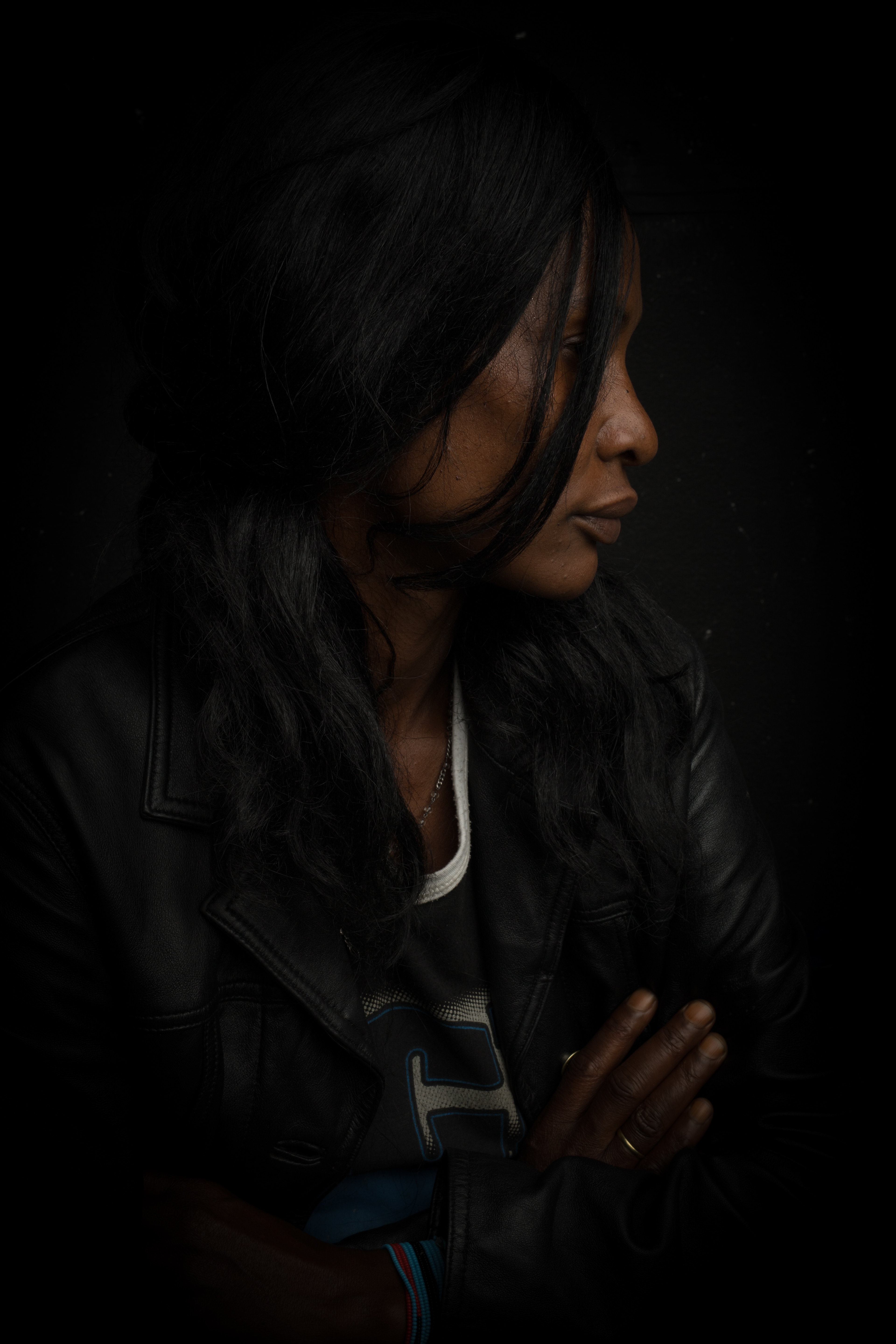
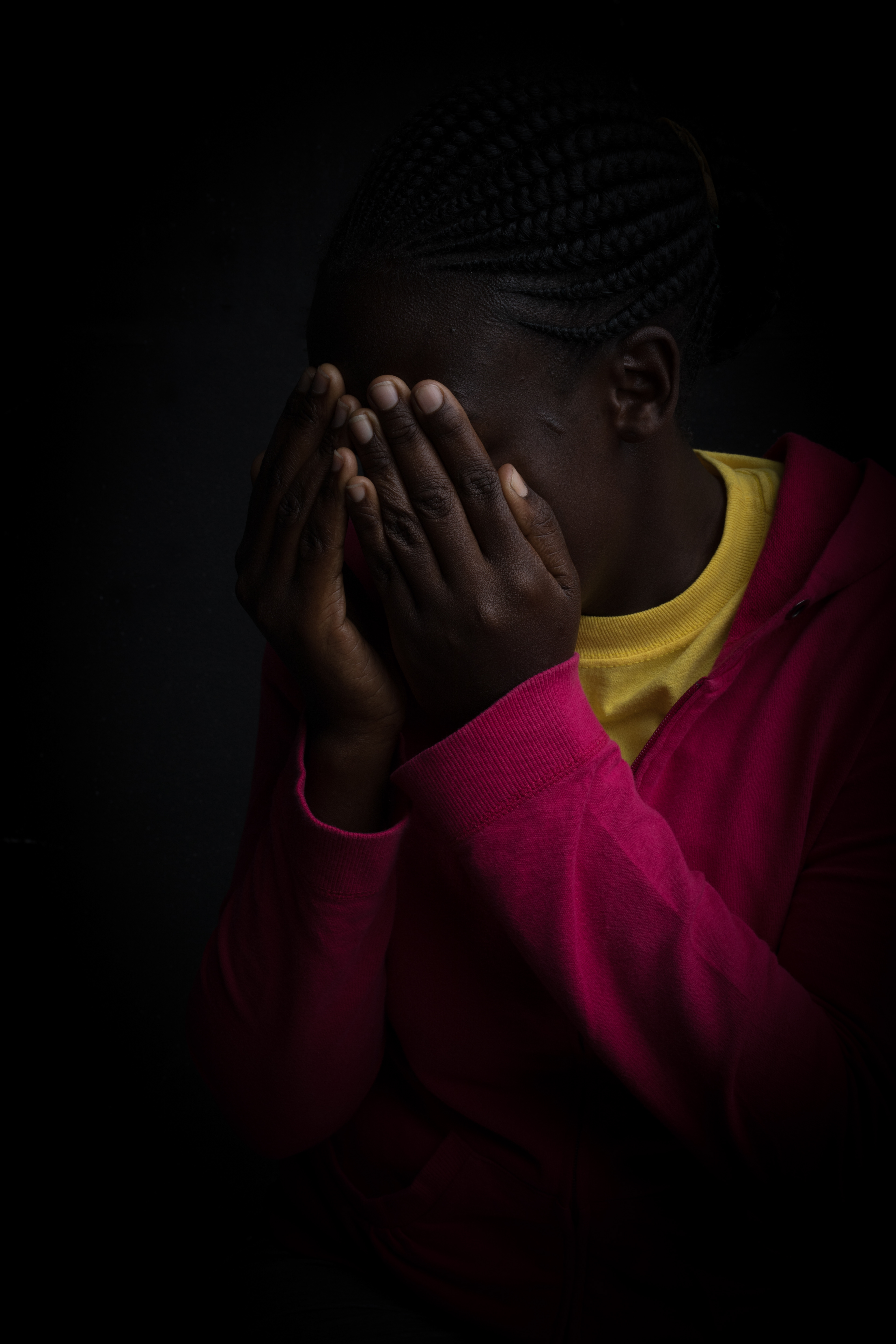
Photography is a powerful tool to create awareness about social injustices. By engaging the public through art, Capture Humanity aims to help transform public perceptions; educate individuals, communities, and policymakers; and stir public outrage to inspire action. For the past five years Matilde has used photographic artwork on human trafficking to inform, provoke discussion, and inspire action by public speaking and exhibiting in museums, galleries, and public spaces.
Human trafficking is an issue that touches every community, including cities, suburbs, and rural towns—and there is something each of us can do to help prevent it. The Department of Homeland Security’s Blue Campaign provides plenty of opportunities for individuals or organizations to raise awareness about human trafficking. Lend your time, talent, and skills to the movement. Volunteer to mentor young girls and boys to foster self-respect, as well as respect for women. Reduce your slavery footprint by only consuming products that are fair trade or have traceable supply chains.
WHAT IS HUMAN TRAFFICKING? There are 3 elements to defining human trafficking
1. The first element is the action of trafficking in persons, which means the recruitment, transportation, transfers, harboring or receipt of persons. This is the initial stage for human trafficking, where the trafficker recruits/gets access to the victim. Recruitment can be done face-to-face, through an institution or online. The most common type of recruitment is by offering a false promise.
2. The second is the means of trafficking that includes threat of or use of force, deception, coercion, or abuse of power.
3. The third is the purpose of trafficking. That is always exploitation such as sexual exploitation, forced labour or services, slavery or practices similar to slavery, servitude or the removal of organs.
Victims are in most cases unaware that they are going to be exploited.
HUMAN TRAFFICKING HOTLINE: UNITED STATES Call 1-888-373-7888 ( TTY: 711)|*Text 233733
